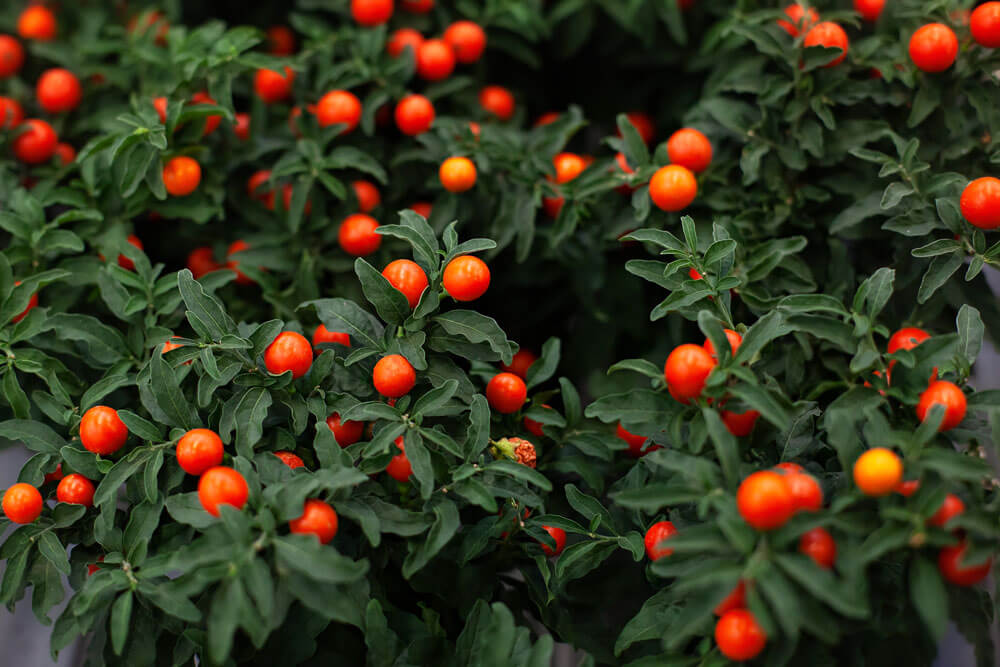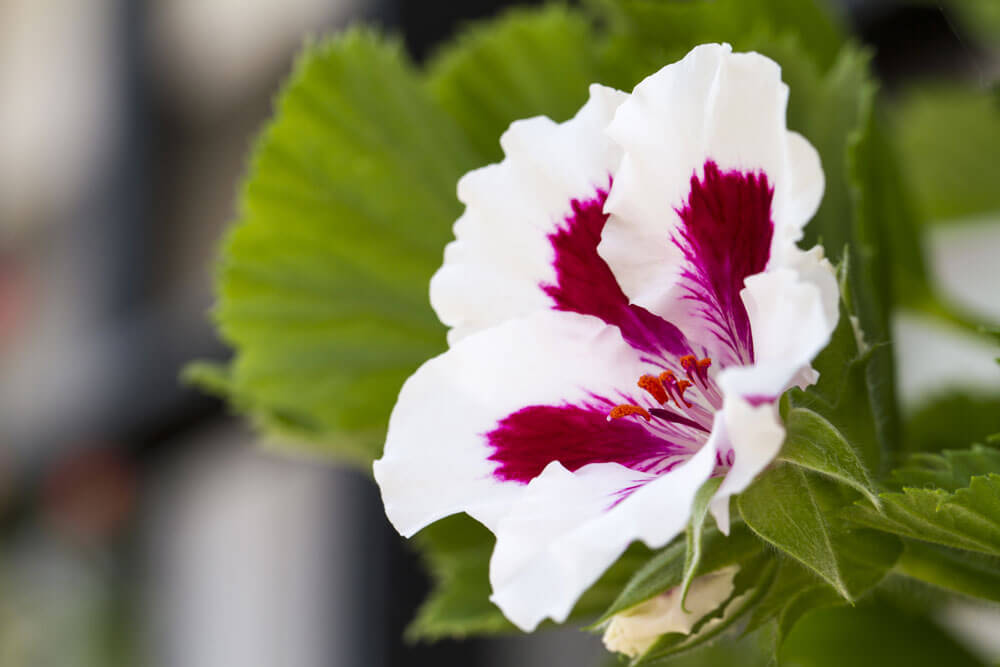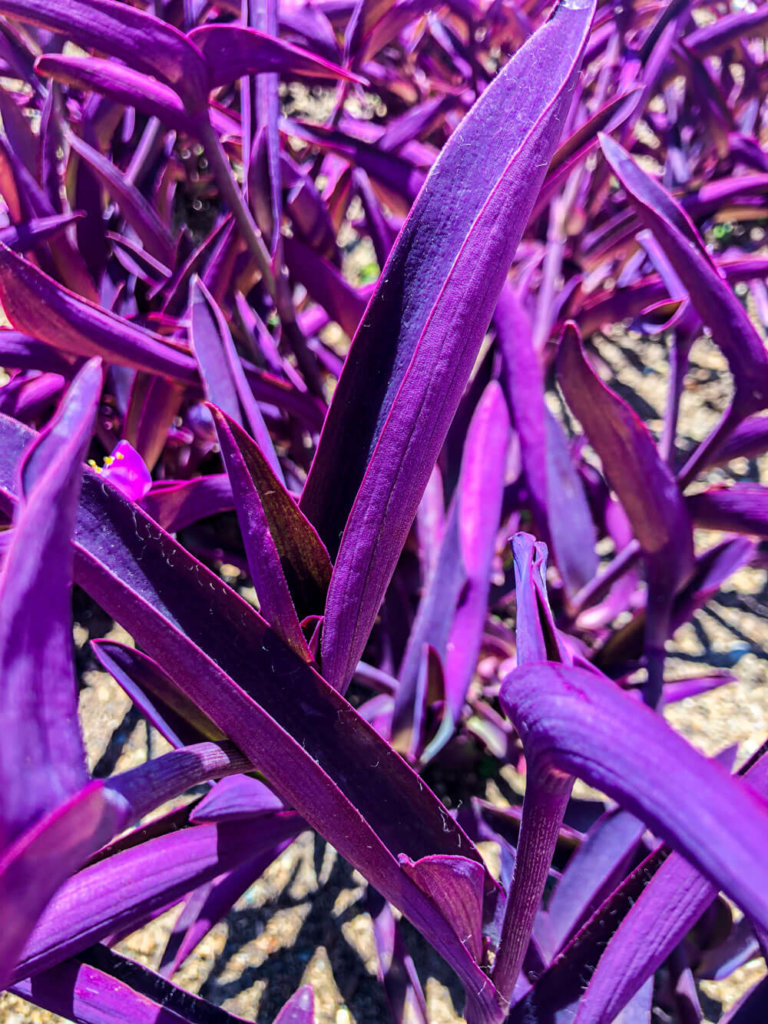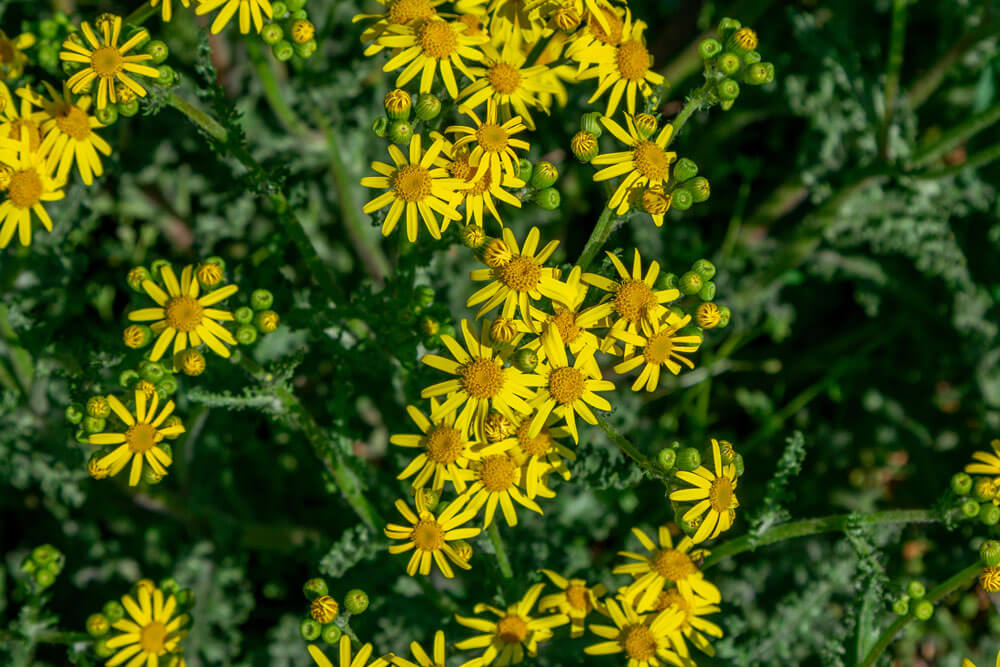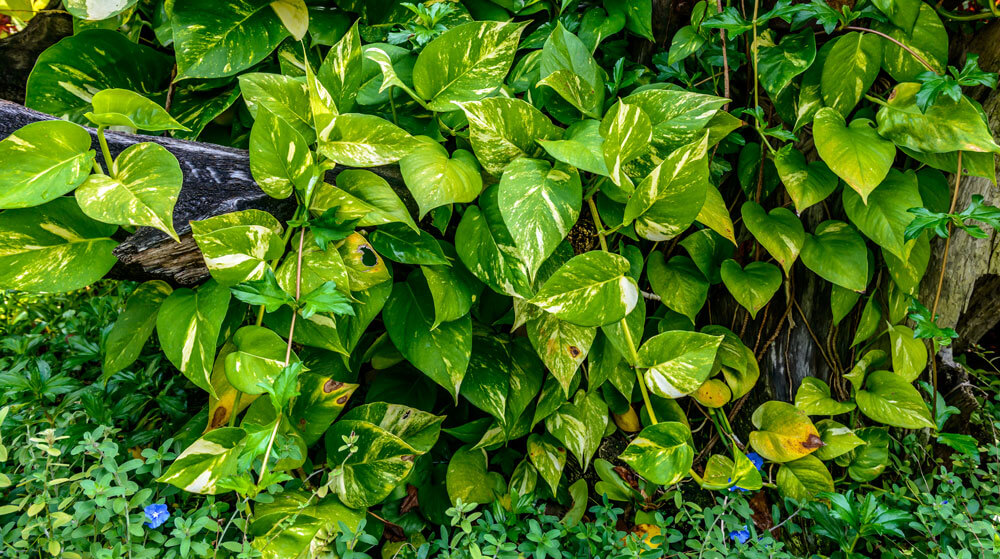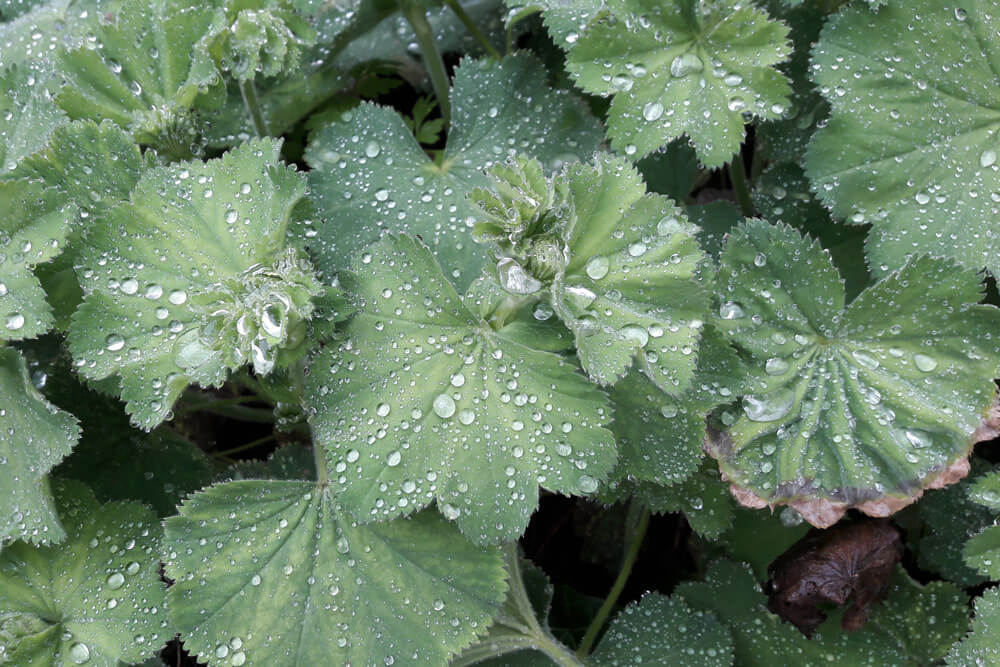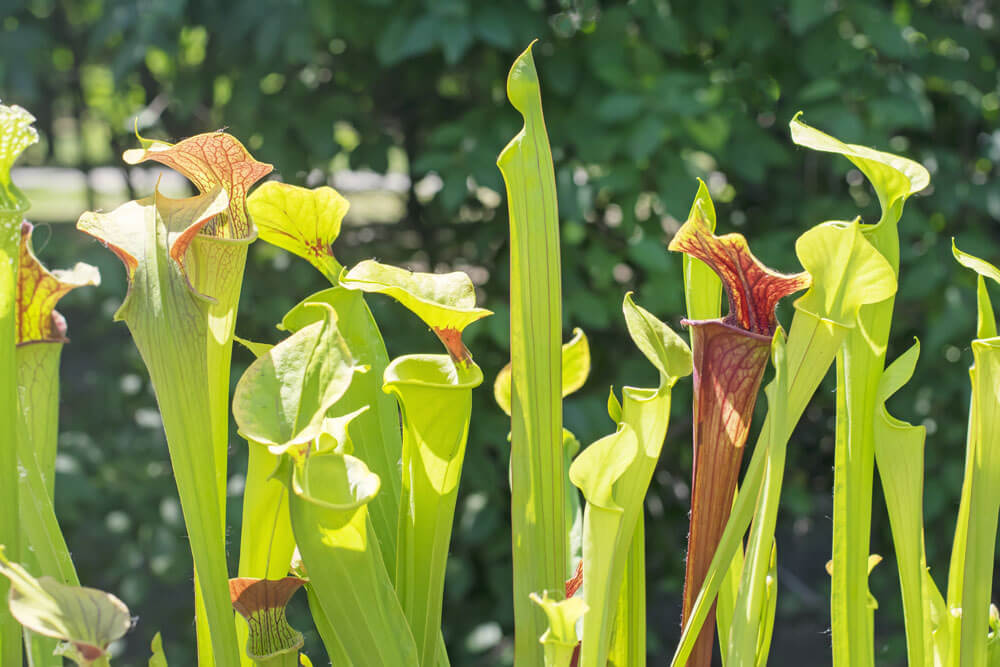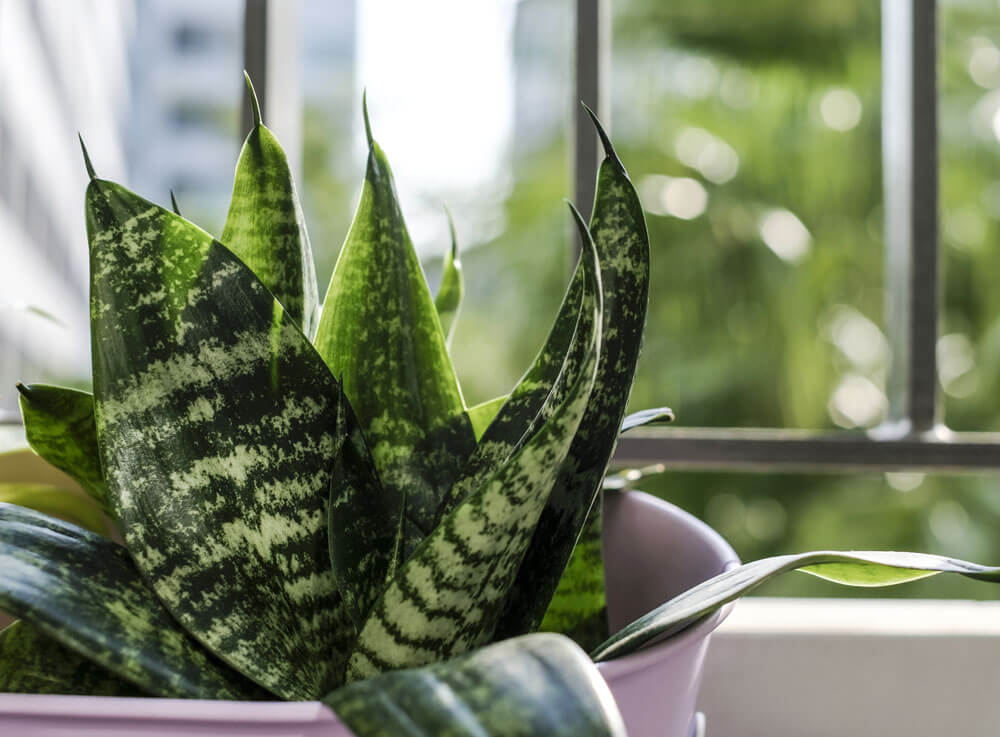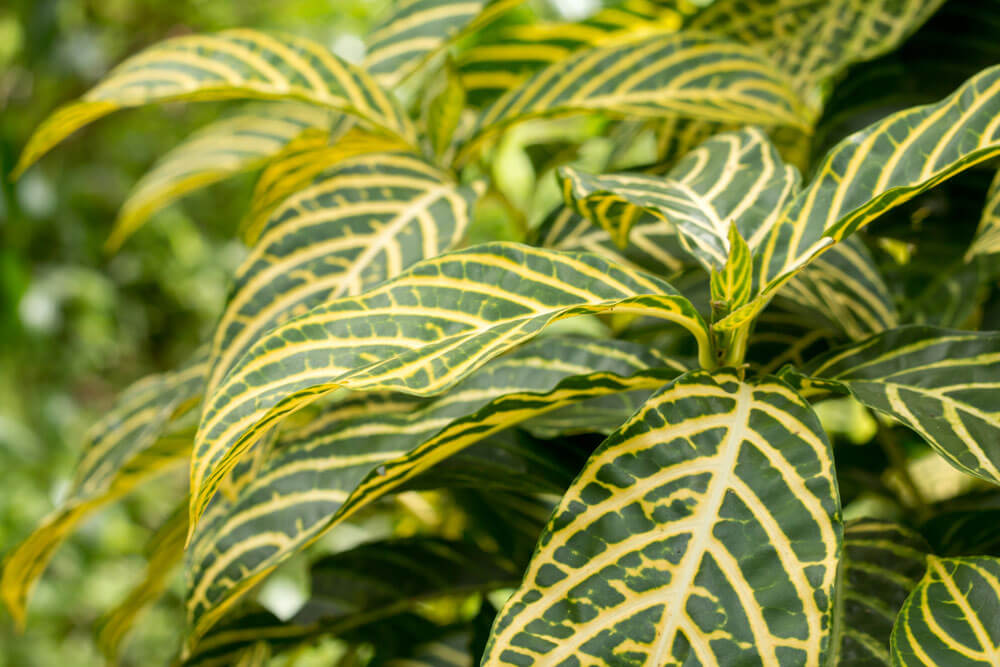Soleirolia
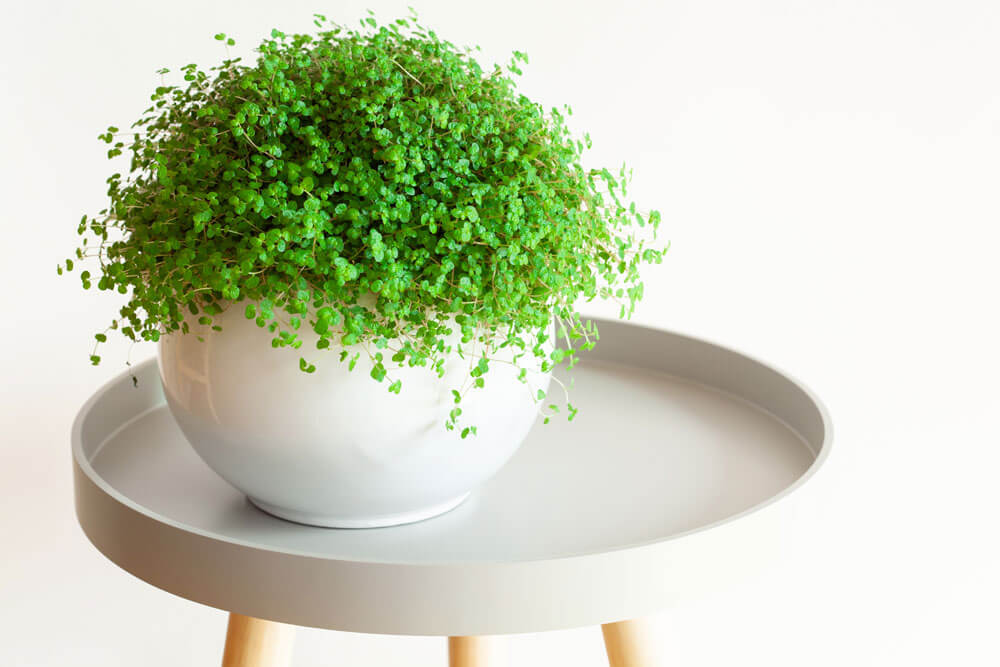
Learn about the plant
Syn. Helxine Genus of just one type of strenuous, dwarf, monoecious, evergreen perennial from damp, shaded web sites in W. Mediterranean small islands. It is developed for the fresh, natural leaves. Helxine is extremely good in hanging baskets or covering the soil around high vegetation. The variety of argentea has silvery results.
Plant growth conditions
Typical heat in the summertime – lowest 55F in winter—brilliantly lighted area. Maintain well clear of sunlight. Develop in the dirt-dependent planting mix.
Maintain garden compost always wet but never soggy. Decrease irrigating during winter. Use soft, tepid normal water. Misting is necessary.
Plant reproduction
Break down plants at the end of early spring.

